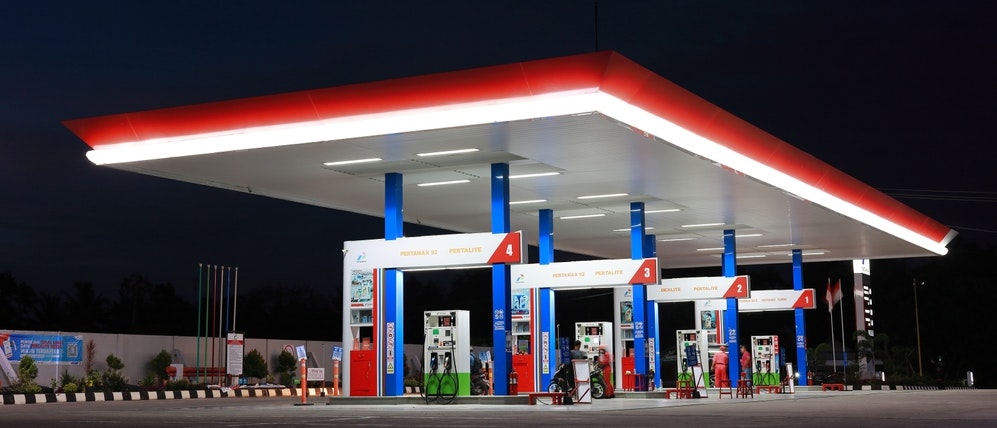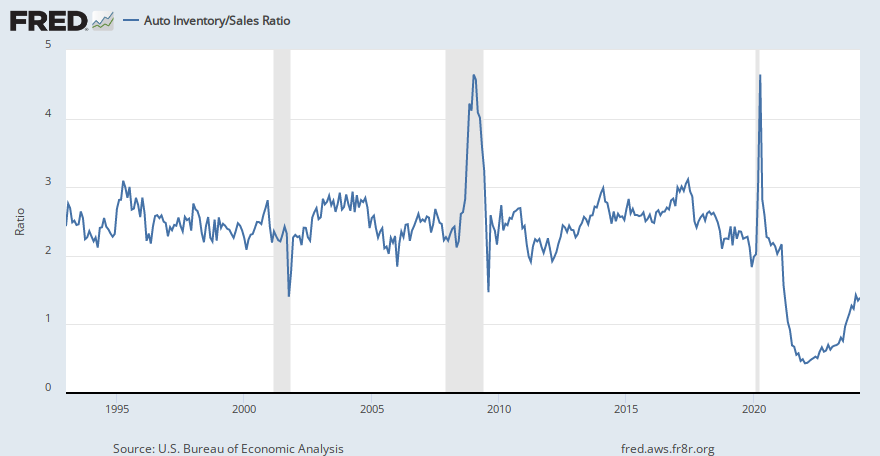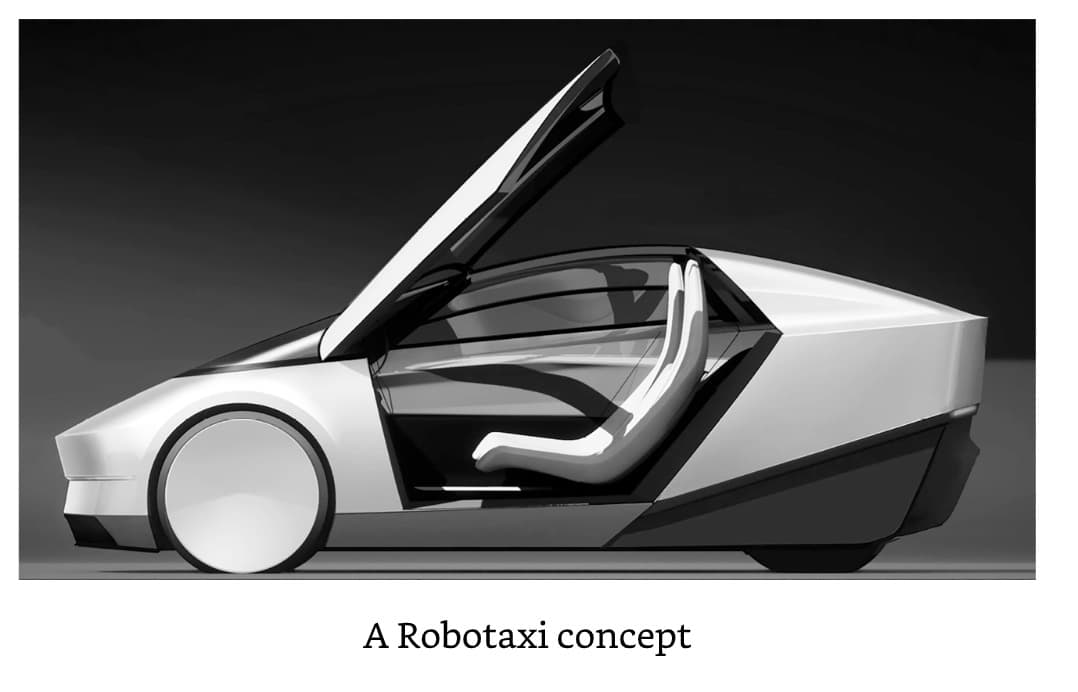Krugerrand
Meow
They need as many as they need. It’s just as likely they’ve been making changes during this trial period, and then testing the changes.We heard Tesla operated about ~100 units (incl. with their Pepsi partner). How many more could they need to properly test the semi in real-word conditions?
It’s not just factory build time. It’s production line build time. While they may be able to overlap those two a bit at the ends, they’re mostly separate tasks one after another. And they can’t start die build until there are 100% with the physical aspect of the vehicle. Die build is a year long process - give or take depending on several factors.If they can speed up construction for the semi plant, why wouldn't they not accelerate today so they can produce it in volume before 2025? They may have reasons, but if volume production isn't reached by 2026, this is not up to Tesla's speed I got used to back in the early days of the company.
Tesla has a lot more on their plate today than early Tesla. Manpower and resources are divided amongst a lot more projects. Even earlier Tesla pulled employees and other resources from projects to ie., ‘get Model 3 ramped’. I’d confidently bet that that still happens. That projects get put on hold because something else has become more important in the moment. WAG, but not really - FSD just got put to the head of the line.



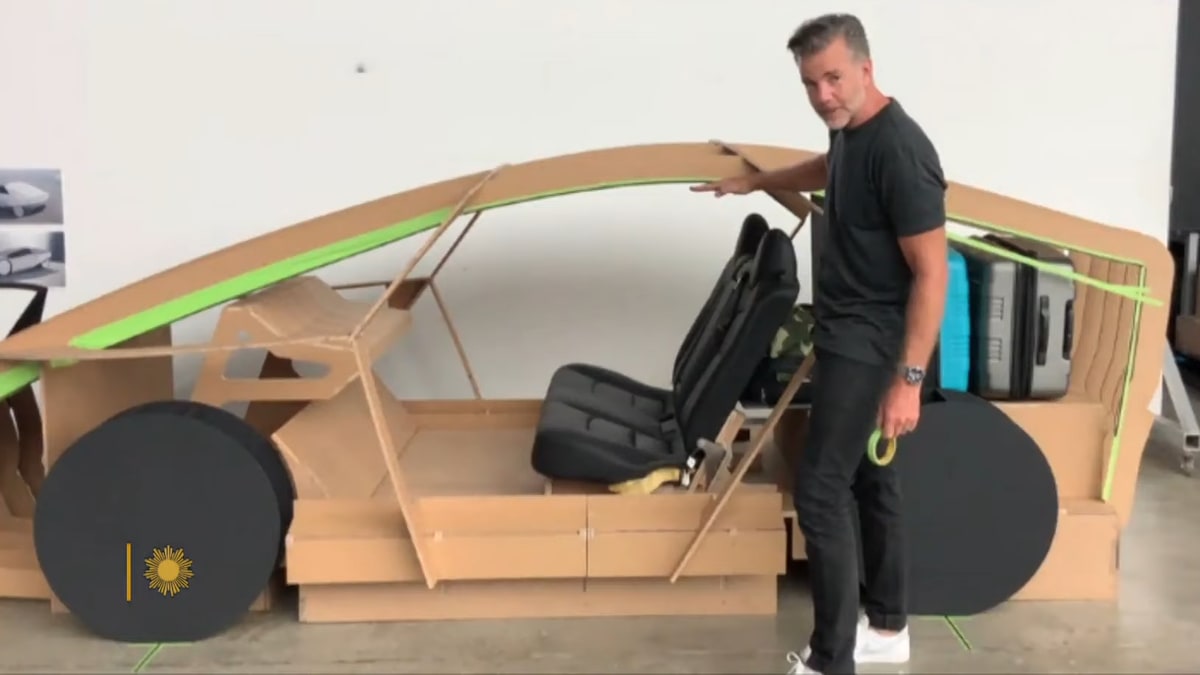
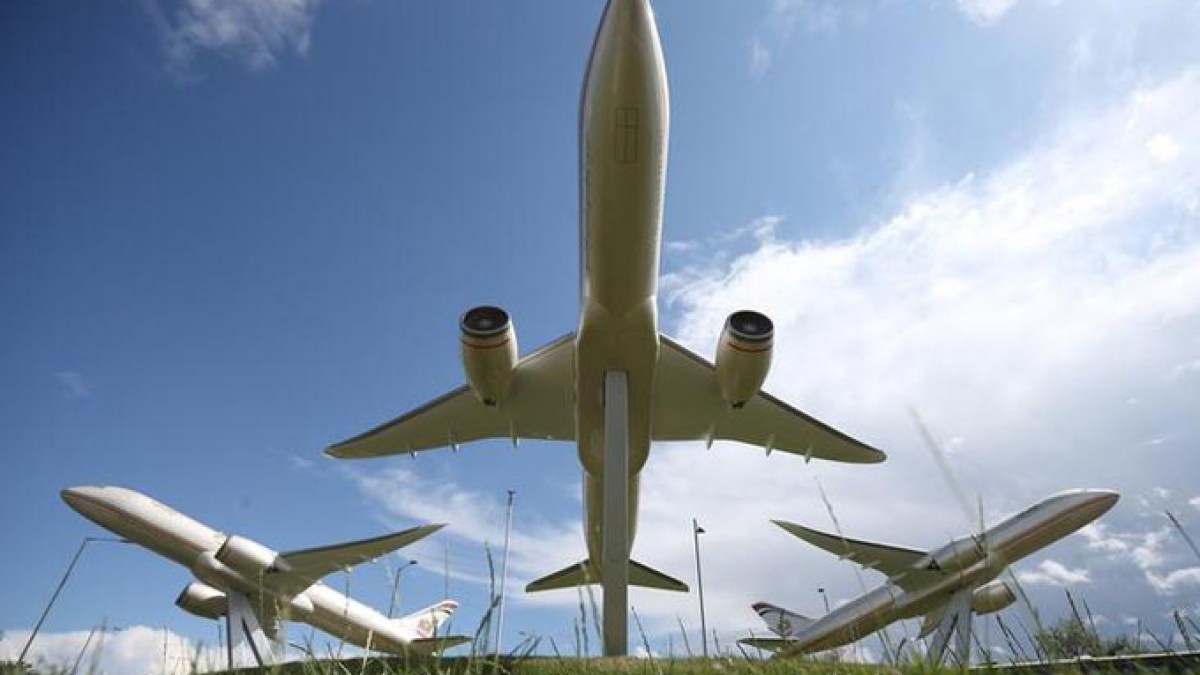
:max_bytes(150000):strip_icc()/GettyImages-1162946945-58d990392cef43d993dd3fc6c682d592.jpg)
